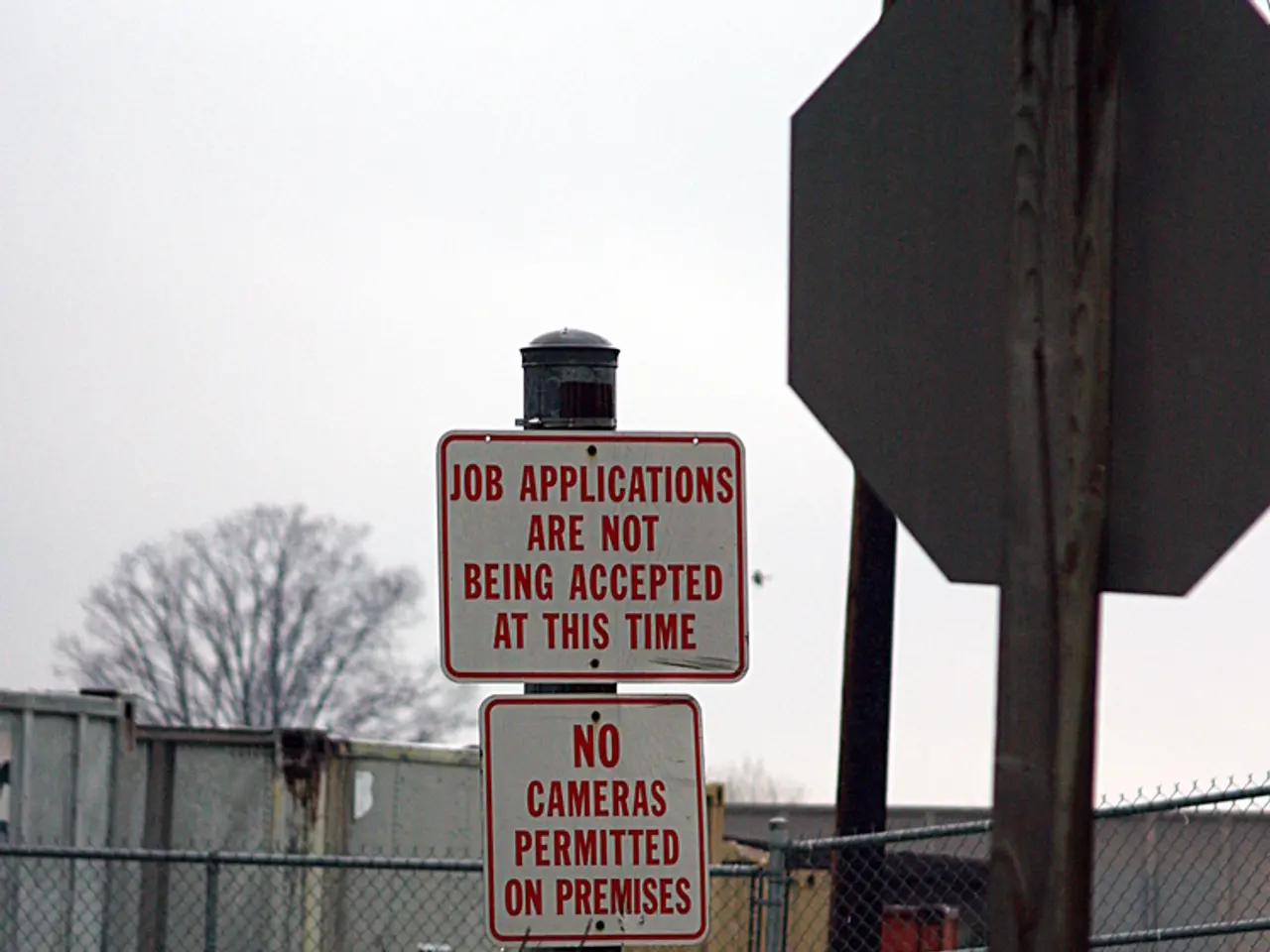Tight on Space for a Garden? Try Vertical Gardening Solutions Instead
Transform your limited outdoor spaces into thriving gardens with the art of vertical gardening! This innovative approach allows you to make the most of every inch, all while adding a decorative touch to your home. Here are some creative and economical ways to set up a vertical garden.
Trellises and Arches
Install trellises or garden arches to support climbing plants like tomatoes, beans, cucumbers, or flowering vines. They maximize vertical space and add structure to the garden.
Pallet Gardens
Repurpose used wooden pallets by filling their slats with soil and planting herbs or flowers. Pallets are inexpensive and lend a rustic look while allowing plants to grow upward.
Hanging Pots and Baskets
Use hooks or ceiling mounts to suspend pots and baskets. This method saves floor space and allows trailing plants to cascade attractively.
Stacked Raised Beds/Tiered Planters
Arrange pots or planter boxes vertically on shelves or stack them to create multiple growing levels. This approach is great for patios, balconies, or small yards.
Wall-Mounted Planters and Frames
Attach wooden frames, boxes, or pockets filled with soil directly to walls or fences. These can be made from wood or repurposed materials, turning bare walls into living art.
Wire Structures
Fix welded wire mesh, chicken wire, or fencing vertically to provide climbing support for vines and vegetables. These inexpensive materials are flexible and easy to install on walls or fences.
Ladders
Lean an old wooden ladder against a wall and place pots on each step or hang pots from the rungs. This rustic design is both practical and decorative.
Other ideas include mounting gutters horizontally as shallow planters for leafy greens, using rain gutters or recycled bottles attached to boards or fences as planters, and bamboo or wooden frame constructions for structured vertical gardens.
These options emphasize reusing materials like pallets, ladders, or wires and using simple DIY mounts to keep costs low while maximizing vertical growing space in limited areas such as balconies, patios, or small gardens.
Upkeep for trellises includes removing leaves, debris, and dead vines, and may require repairs from time to time. Trellises are a popular method for growing plants, including vining varieties and fruits, in a vertical garden. Ladders can be repurposed as a vertical element for small gardens, holding individual pots or planter boxes for fruits, flowers, herbs, or vegetables.
Chicken wire is an affordable option for creating a vertical garden, but it requires attachment to a sturdier structure and may not last as long as other options. Garden arches can serve as a planting structure for a vertical garden and are often used as a focal point for flowers.
Welded wire is available at local hardware stores and can be used to create a vertical garden with various plant varieties. Stacked raised beds provide more planting space and can be built in multiple sizes, starting with the largest on top in a pyramid fashion.
Hanging pots are ideal for growing flowers, vines, and even vegetables, and come in various shapes, sizes, and colors. Drilling holes in a fence or adding screws with loops can provide additional planting space for herb gardens or smaller flower varieties.
Pallets can be used to create a vertical herb garden and can also serve as a starter planter box for larger vegetable and flower varieties. Fences can be used as a vertical gardening structure, accommodating various types of plants, including climbing vines.
Vertical gardening is useful in compact spaces and can be set up anywhere. So, why not give it a try and watch your space bloom with life and colour!
[1] Bonnie Ferrero, a writer with interests in hiking, cooking, gardening, and home decorating, embodies a holistic approach to life, dedicated to service, growth, and well-being.
[2] [3] [5] Source: Vertical Gardening: Creative Ideas for Small Spaces by D. G. Hessayon (2016)
- Trellises or garden arches can be installed to support climbing plants, maximizing vertical space and adding structure to the garden.
- Pallets can be repurposed by filling their slats with soil and planting herbs or flowers, providing a rustic look while allowing plants to grow upward.
- Hanging pots and baskets can be used to save floor space and allow trailing plants to cascade attractively.
- Stacked raised beds or tiered planters can be arranged vertically on shelves or stacked to create multiple growing levels, ideal for patios, balconies, or small yards.



